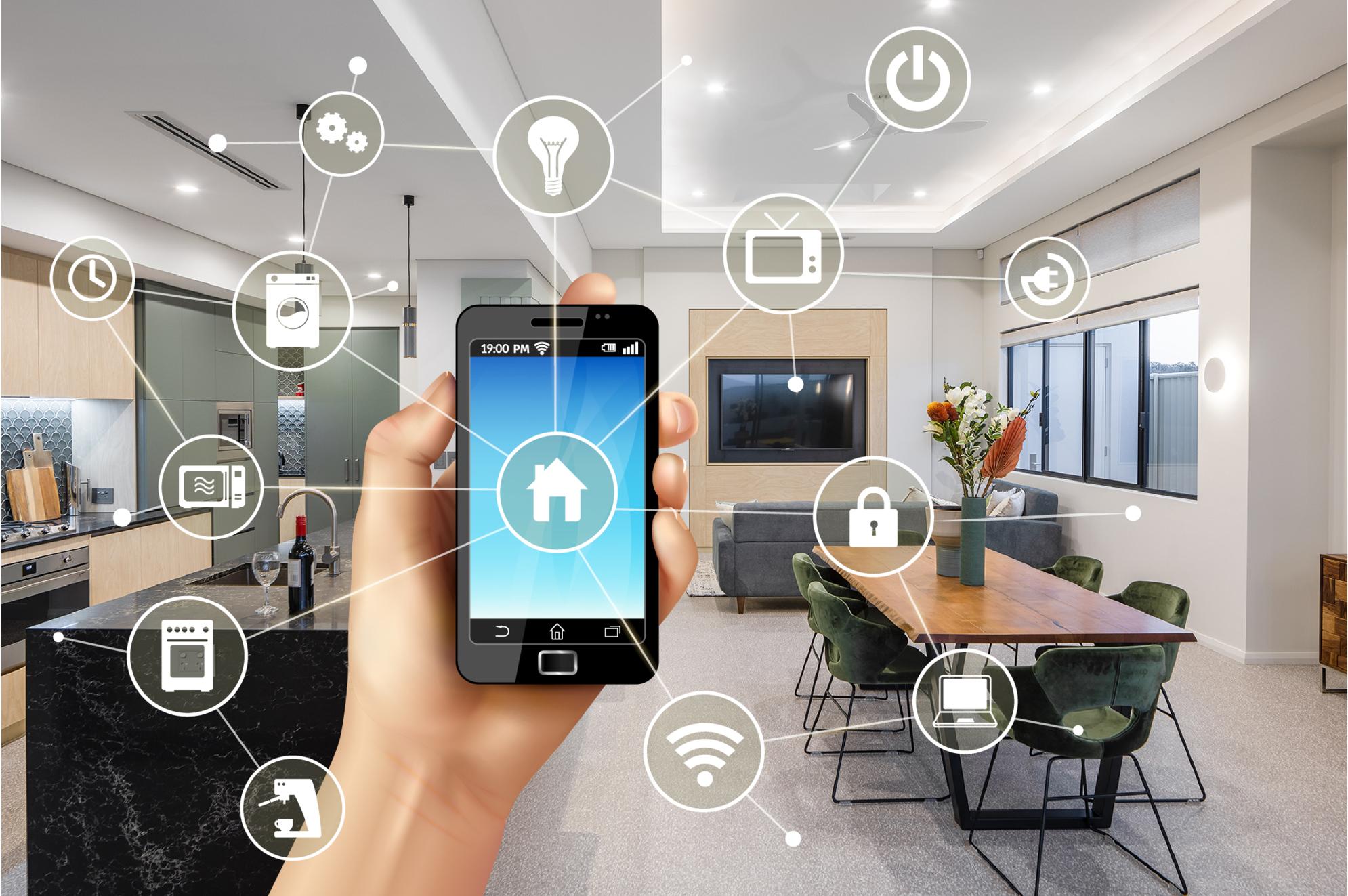The Rise of Intelligent Homes and Digital Lifestyle Integration

A foundational and high-growth segment of the connected home industry is centered on smart energy management and climate control, driven by the powerful consumer motivations of enhancing comfort, increasing energy efficiency, and achieving tangible cost savings. A market analysis of this segment within the smart home market shows it to be a cornerstone of the smart home value proposition. Key points related to the smart home market in this area include the use of intelligent automation to optimize the performance of a home's largest energy consumers: its heating, ventilation, and air conditioning (HVAC) systems and its lighting. The key players who pioneered and now lead this market, most notably Google (with its Nest Learning Thermostat) and Ecobee, have demonstrated that smart devices can deliver a clear and measurable return on investment (ROI). The future in the smart home market for energy is a move towards holistic home energy management systems. This trend is particularly strong in Europe, where energy costs are high, and in North America, where there is a strong consumer interest in both savings and sustainability. The APAC region is also seeing growing adoption as electricity grids modernize.
The core technology that powers this segment is the smart thermostat. A key point is its evolution from a simple programmable device to an intelligent, learning system. Modern smart thermostats from key players use a combination of sensors and machine learning algorithms to learn a household's daily routines and temperature preferences. They can then automatically create an optimized schedule that lowers the heating or cooling when no one is home, saving a significant amount of energy without sacrificing comfort. These devices also provide users with detailed energy consumption reports, empowering them to make more informed decisions about their usage. Smart lighting, a market led by key players like Philips Hue (Signify), offers similar benefits. Connected LED bulbs can be scheduled, controlled remotely, and integrated with motion sensors to ensure that lights are never left on in an empty room. The future in the smart home market will see these systems become even smarter, integrating with real-time electricity pricing data to further optimize consumption. The smart home market size is projected to grow USD 387.22 Billion by 2035, exhibiting a CAGR of 10.69% during the forecast period 2025-2035. The clear ROI from energy savings is a major contributor to this growth, a value proposition that resonates with consumers in all regions, including the cost-conscious markets of South America and the MEA.
The future of smart energy management in the home is one of a fully integrated, self-sufficient micro-grid, a key point for the long-term vision of the industry. The future is about moving beyond simply reducing consumption to actively managing energy generation, storage, and even its sale back to the grid. This involves the integration of the smart home's energy management system with rooftop solar panels, home battery storage systems (like the Tesla Powerwall), and electric vehicle (EV) chargers. An intelligent home energy management platform, a focus for many key players, will be able to make autonomous decisions to optimize the home's energy profile. For example, it could charge the home battery and the EV with excess solar power during the day, use that stored battery power to run the home during expensive evening peak hours, and even sell excess power back to the utility during a high-demand event. This vision of a "smart energy home" or "virtual power plant" is a major future trend, with strong interest in regions with high renewable energy penetration and advanced grids, such as parts of Europe, North America, and Australia (APAC).
In summary, the key points of the smart energy and climate control segment highlight its powerful value proposition of enhanced comfort, energy efficiency, and cost savings. The market is led by key players like Google Nest and Philips Hue who have made these benefits accessible and demonstrable to consumers. The future in the smart home market for energy is a move towards a holistic, AI-powered home energy management system that integrates with solar, batteries, and EVs to create an intelligent home micro-grid. This is a global trend, with the economic and environmental benefits driving adoption in North America, Europe, APAC, and presenting a path to greater energy resilience for consumers in South America and the MEA as their energy infrastructure modernizes.
Top Trending Reports -
South Korea Messaging Security Industry
- News e Attualità Aziendale
- Startup e Imprenditorialità
- Internazionalizzazione e Mercati Esteri
- Finanza e Gestione Aziendale
- Digitalizzazione e Tecnologia
- Marketing e Vendite
- Leadership e Management
